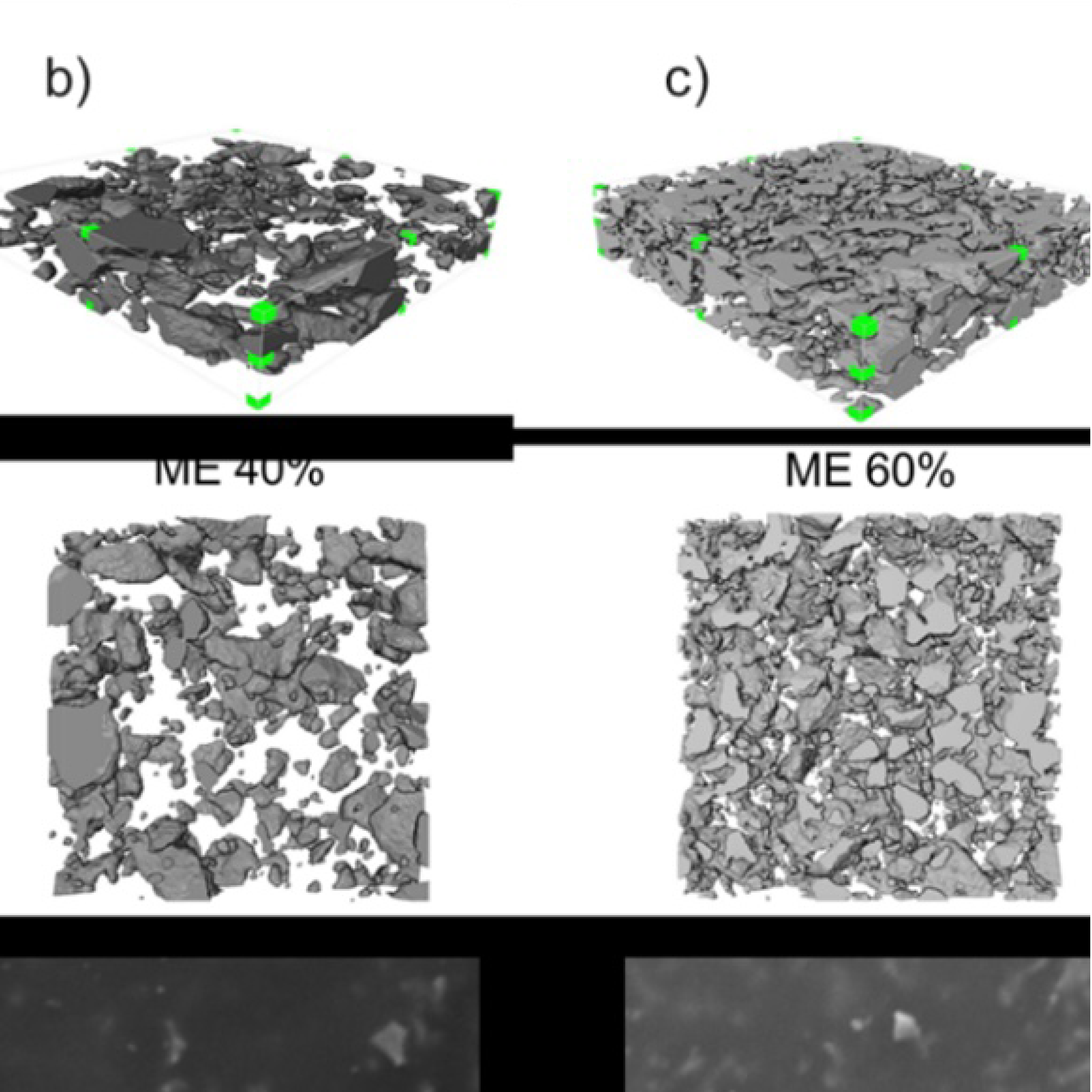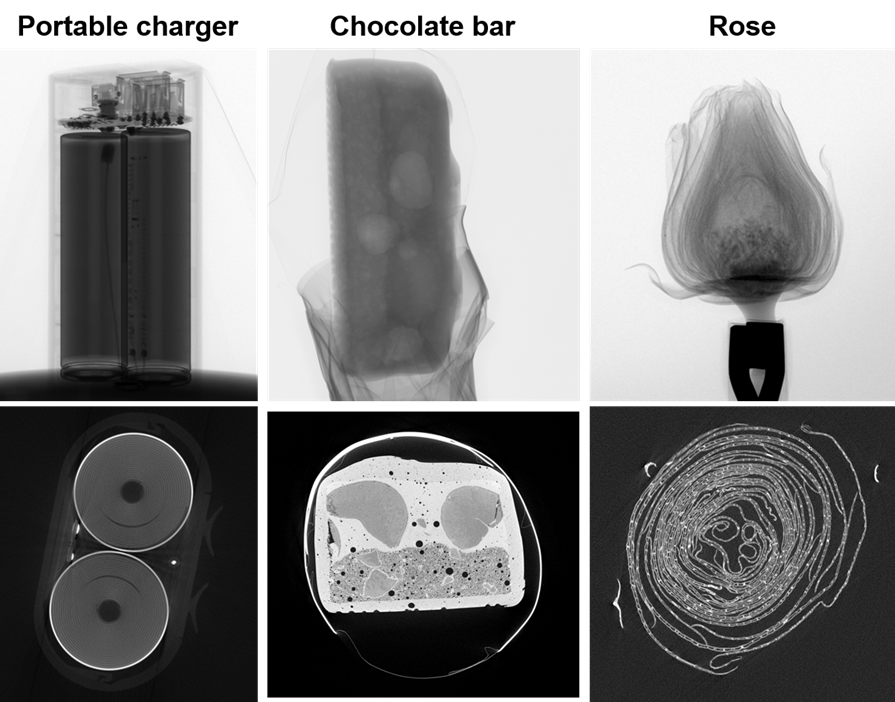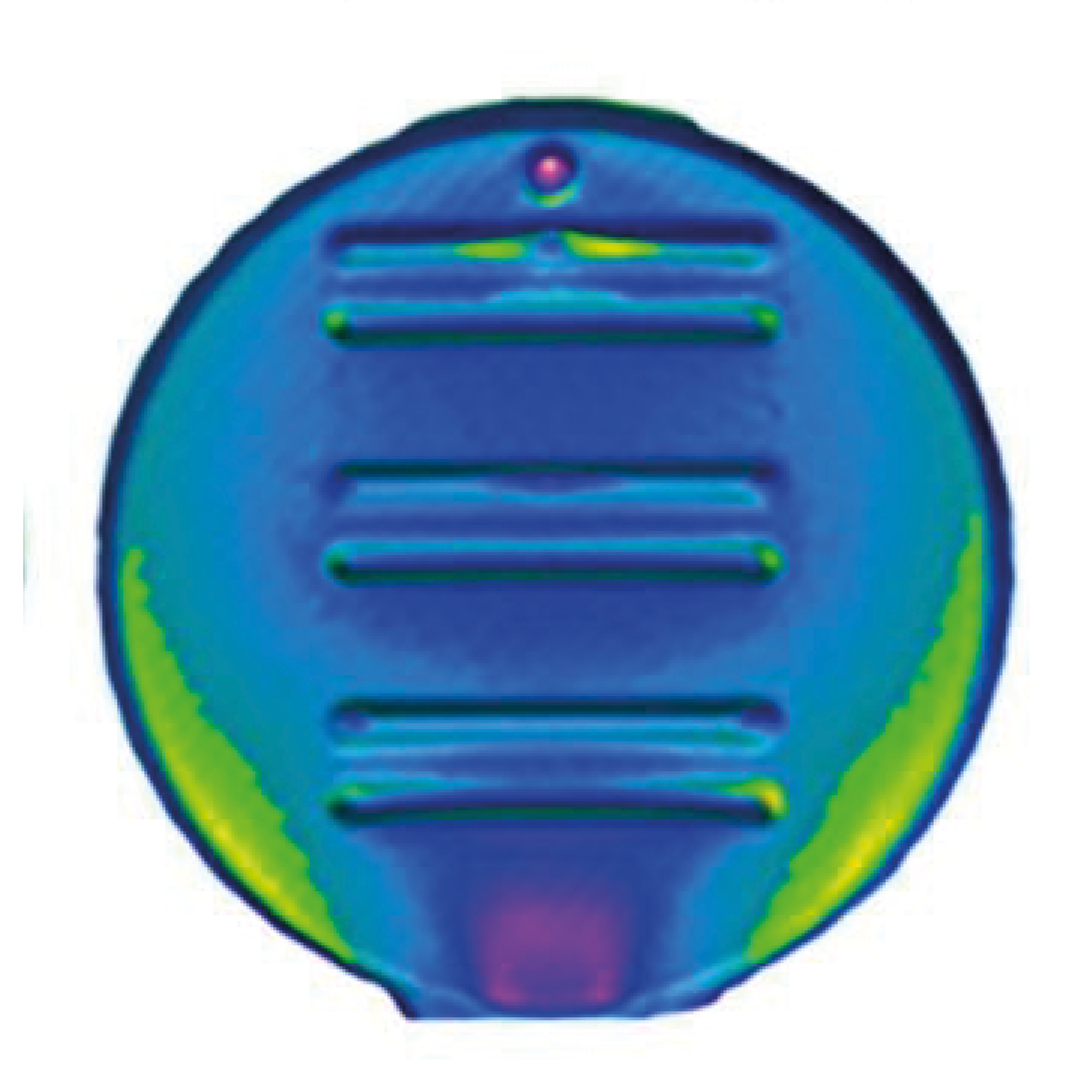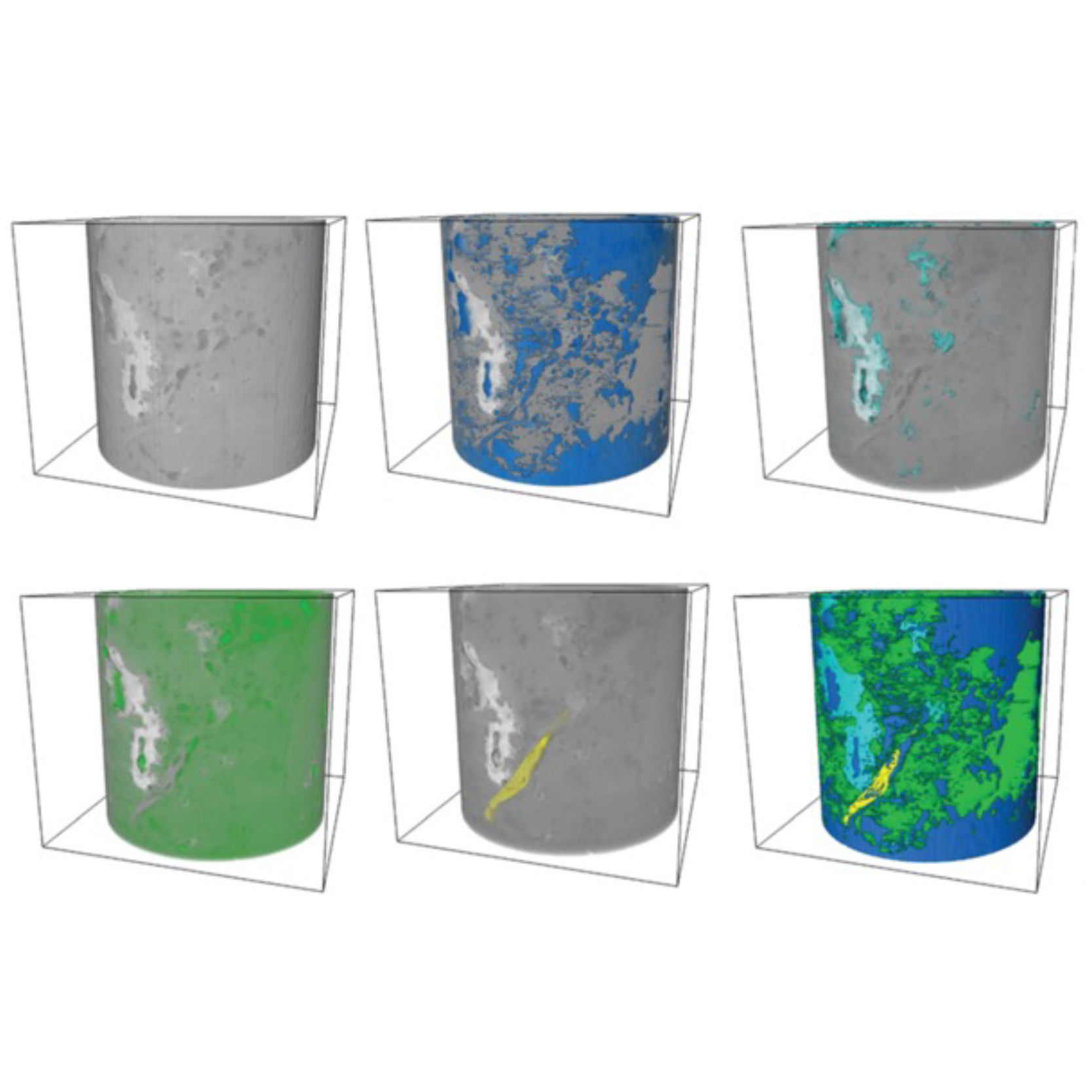
3D Microstructure of Soft Magnetic Elastomer Membrane
Soft magnetic elastomer membranes enable fast magnetic actuation under low fields. In our project, we… Read More
Events & Resources
News, Events and Resources from NXCT Partners
Year 10 students, working with a researcher from UCL, learnt about the principles of x-ray imaging. The NXCT facilities were used as a learning tool to produce pedagogical material and image several everyday objects chosen by the students. Results from their work were shared in a conference at UCL.
Physics has chronic teacher shortages and chronic diversity issues. For example, girls make less than 20% of students at A-level physics, and the UK has less than 10 black PhD students from a total of 2000 (according to the Institute of Physics). Orbyts, a programme started at UCL, seeks to address these issues by partnering passionate scientists with schools. The researchers facilitate pupil involvement in cutting-edge research through weekly visits over the academic year. Orbyts particularly partners with groups that are under-represented in science.
This project was led through Orbyts by Carlos Navarrete León, a PhD student at the UCL Medical Physics and Bioengineering department. During this project, 10 Year 10 students from St Gabriel’s College in Camberwell worked on x-ray imaging and x-ray computed tomography. St Gabriel’s College has a strong Latin American population (30% of students) and the Orbyts students were 80% Latinos (like Carlos).
The students learnt the basic principles of x-ray imaging technologies. The support of the NXCT was crucial for the experimental aspect of their work. During a visit to UCL they were shown a commercial x-ray scanner and the scanning procedure. They also chose several everyday objects (such as a portable charger or a rose) which were then scanned using the Nikon XTH 225. The students analysed the images to learn about visualisation techniques and the impact of parameters like resolution, energy or exposure time on the image quality. They then presented their findings at a conference held at UCL in July 2023, next to all the schools participating in the Orbyts programme.
Being able to access real CT data of samples that they chose was hugely beneficial for the students, as it illustrated everything that had been previously discussed in class. This kind of project is impactful for students and the NXCT collaboration could make a significant difference in their lives.
Orbyts has data showing its impact in the schools that take part in the programme. There are significant increases in uptake of science by A-level students; for example, schools have reported 100%+ increases in the number of girls taking A-level Physics. St Gabriel’s teacher reported that during this project:
Having a researcher who is Latin American, who runs sessions in Spanish if needed, was a unique opportunity to showcase STEM to EAL students at different stages of language acquisition, who otherwise wouldn’t have gotten [that opportunity]. Being able to take part in something like this has built their confidence and widened their careers perspectives.

Image 1. Three examples of the data acquired using the Nikon XTH 225 in the NXCT facilities. The chocolate bar was scanned by Carlos Navarrete León and the NXCT staff as an illustrative example of x-ray CT. The portable charger and the rose are two examples of samples chosen by the students. The students used projections and tomograms to understand the power of x-ray imaging.

Soft magnetic elastomer membranes enable fast magnetic actuation under low fields. In our project, we… Read More

Nowadays, the increasing capability of micro-manufacturing processes enables the manufacture of miniature products with extremely… Read More

Injection of CO2 into shale reservoirs to enhance gas recovery and simultaneously sequester greenhouse… Read More